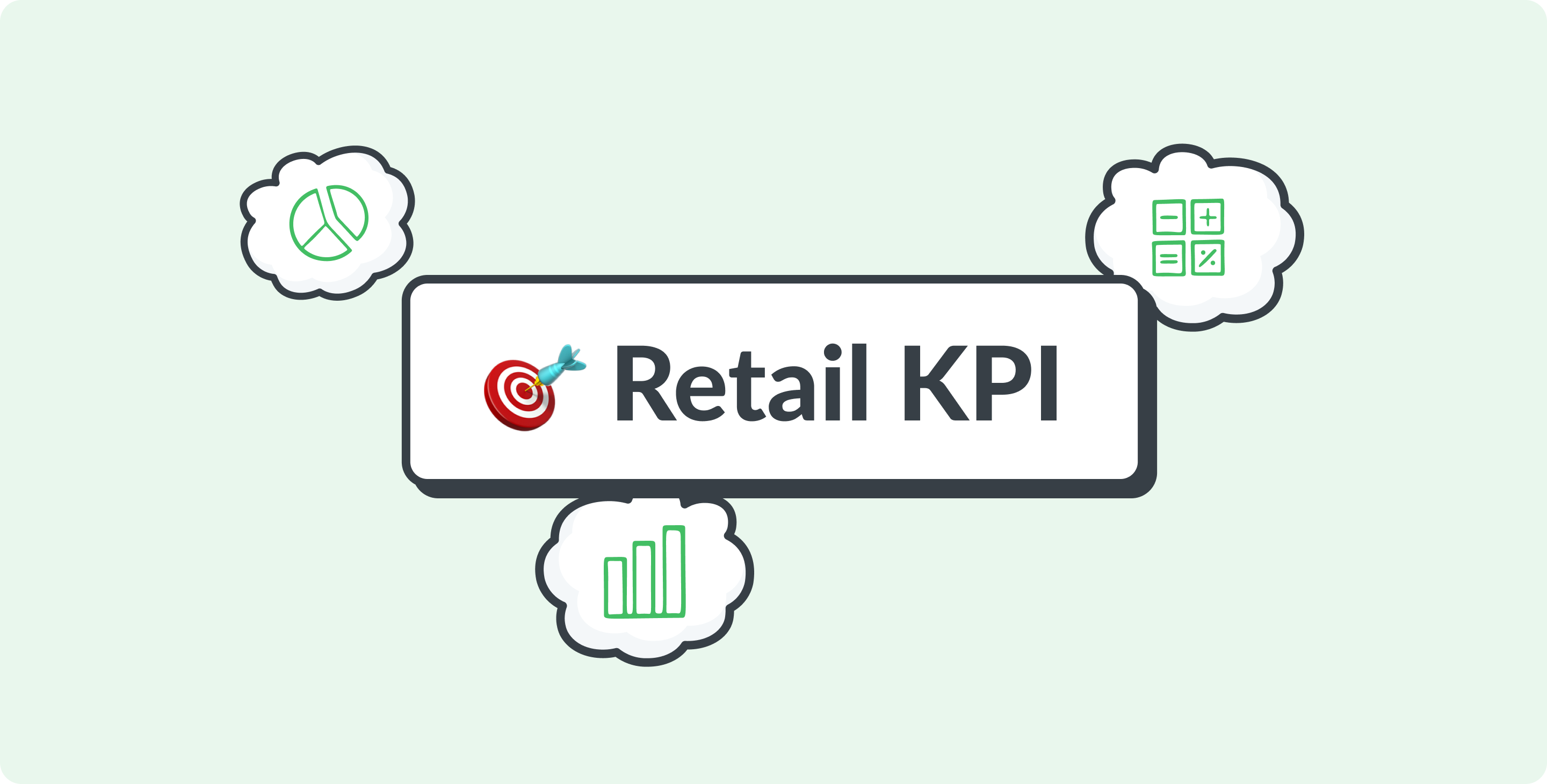Success in retail is driven by data.
Tracking the right metrics helps you understand customer behavior, optimize operations, and improve customer satisfaction. Understanding your customers’ needs is the differentiating factor in building a loyal customer base.
Here are 10 key retail metrics to drive your business forward:
1️⃣ Customer Satisfaction Score (CSAT)
What it measures — How satisfied your customers are with a specific interaction, product, or service.
Why it matters — Happy customers return and spread positive word-of-mouth. Unhappy customers let you know about something you need to change.
How to take action — Send CSAT surveys after purchases or support interactions. Use low scores to spot breakdowns in service or product quality.
2️⃣ Net Promoter Score (NPS)
What it measures — Customer loyalty and likelihood of recommending your brand to others.
Why it matters — By collecting and tracking NPS over time, you can identify trends and turn passive customers into brand advocates. High NPS scores correlate with increased referrals and repeat business.
How to take action — Track NPS monthly or quarterly. Look at verbatim feedback from dissatisfied responders to improve the customer experience.
3️⃣ Customer Effort Score (CES)
What it measures — The ease with which customers complete a transaction or get support.
Why it matters — A frictionless experience increases conversions and reduces churn.
How to take action — Use CES surveys after checkouts, returns, or support interactions. Dissatisfied customers will point to UX issues or gaps in your support process.
4️⃣ 5-star rating surveys
What it measures — Quick, quantifiable customer feedback on specific aspects of your business.
Why it matters — Public star ratings influence purchase decisions.
How to take action — Deploy surveys post-purchase or post-support. Respond to low ratings and feature high-rated products more prominently.
5️⃣ Conversion rate
What it measures — The percentage of visitors who make a purchase.
Why it matters — A higher conversion rate means more efficient marketing and store operations.
How to take action — If your conversion rate is low, test page layouts, simplify checkout, or improve product detail pages. Also look at traffic sources, as some convert better than others.
6️⃣ Customer retention rate
What it measures — The percentage of returning customers over time.
Why it matters — Loyal customers spend more and cost less to retain than acquiring new ones.
How to take action — Identify top customers and create loyalty incentives. Analyze churn patterns using NPS and CSAT data.
Read more: How to increase your retention rate
7️⃣ Average transaction value (ATV)
What it measures — The average amount spent per purchase.
Why it matters — Helps maximize revenue through upselling and cross-selling strategies.
How to take action — Use bundling, cross-selling, and upselling. Offer free shipping thresholds just above your current ATV.
8️⃣ Shopping cart abandonment rate
What it measures — The percentage of customers who add items to their cart but don’t complete the purchase.
Why it matters — High abandonment rates signal checkout friction or pricing concerns.
How to take action — Optimize your checkout flow, clearly show shipping costs early, and send well-timed cart recovery emails. Use CES to discover points of friction in the checkout process.
9️⃣ Customer Lifetime Value (CLV)
What it measures — The total revenue a customer generates during their relationship with your brand.
Why it matters — Helps determine how much to invest in retention vs. acquisition.
How to take action — Segment high-CLV customers and tailor your marketing toward them. Improve CLV by increasing retention and average order value.
🔟 Revenue per session
What it measures — The average revenue generated from each website visit.
Why it matters — Combines conversion rate and average transaction value to show how efficiently your site is turning traffic into revenue. A must-track metric for any retail website.
How to take action — Boost revenue per session by improving product discovery, running targeted promotions, and optimizing mobile UX.
Put retail KPIs into action
KPI metrics should guide your decision-making, as they show where to invest your time and resources.
For example:
- A low NPS may reveal brand perception issues or gaps in post-sale experience.
- A high cart abandonment rate may highlight pricing surprises, confusing UX, or lack of payment options.
- For a retail website, revenue per session dropping may point to poor site performance or irrelevant traffic.
By watching how these KPIs move together, you can spot issues faster, test smarter, and grow more efficiently. Retail success in 2025 requires more than just tracking sales and inventory; listen to your customers and continuously improve their experience.
About Simplesat: Simplesat is the leading omnichannel survey app designed to enhance customer feedback management across various platforms, including Zendesk, Salesforce, and Gladly. Trusted by businesses worldwide, Simplesat delivers actionable insights that drive business growth and customer satisfaction.















